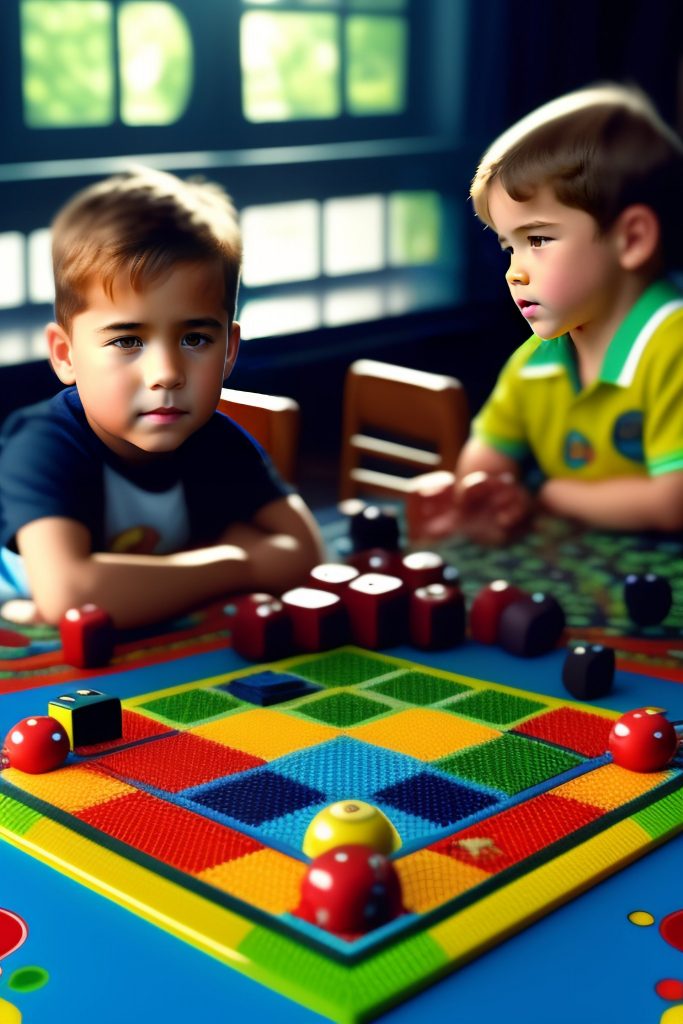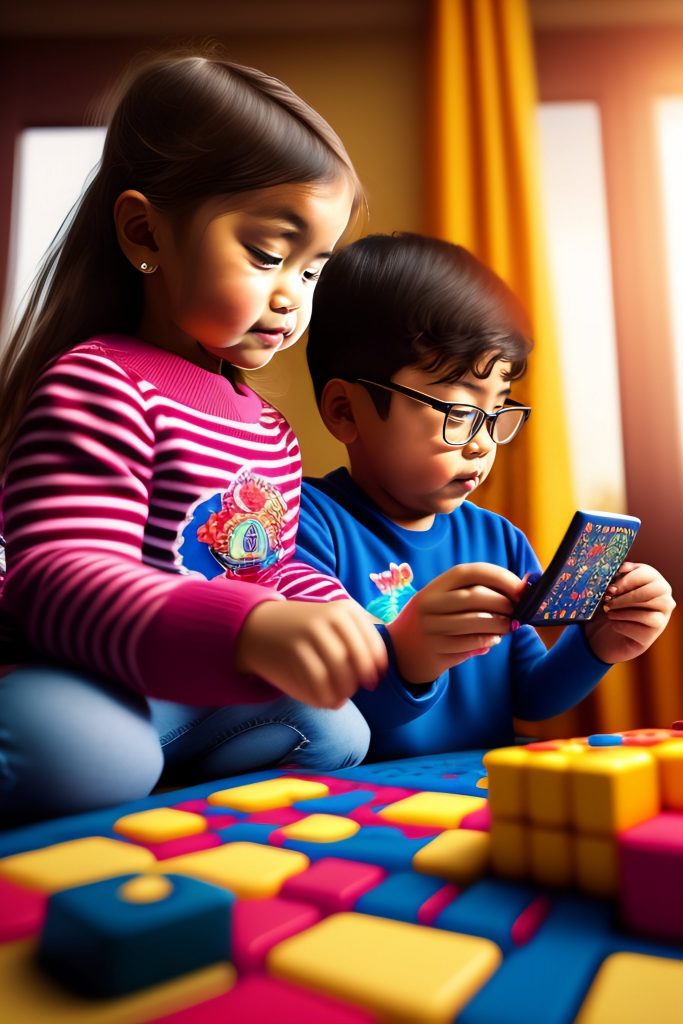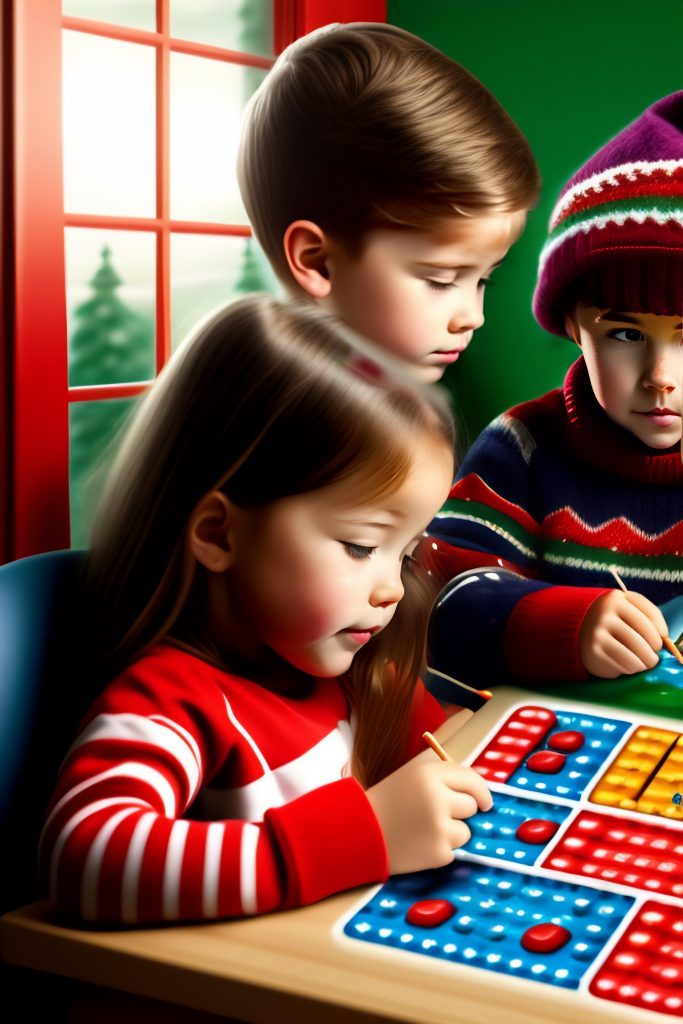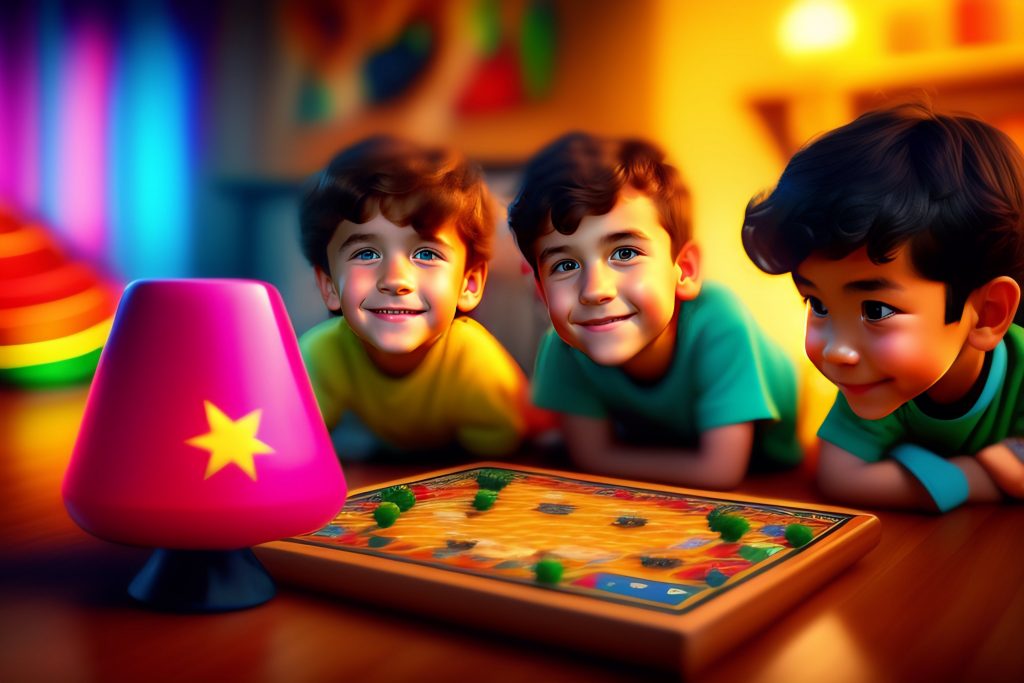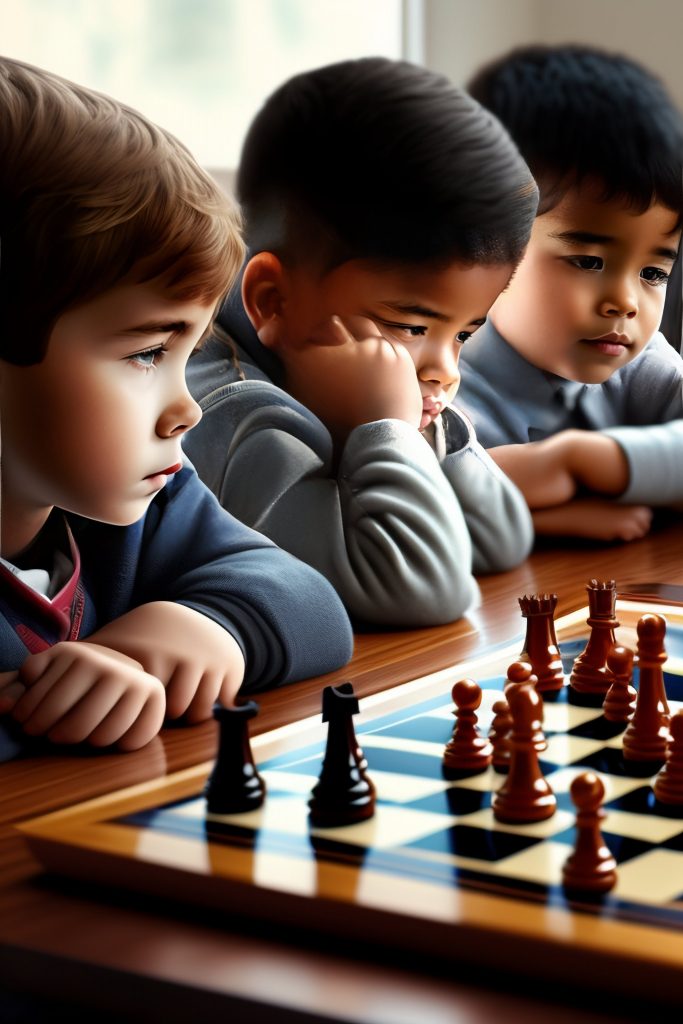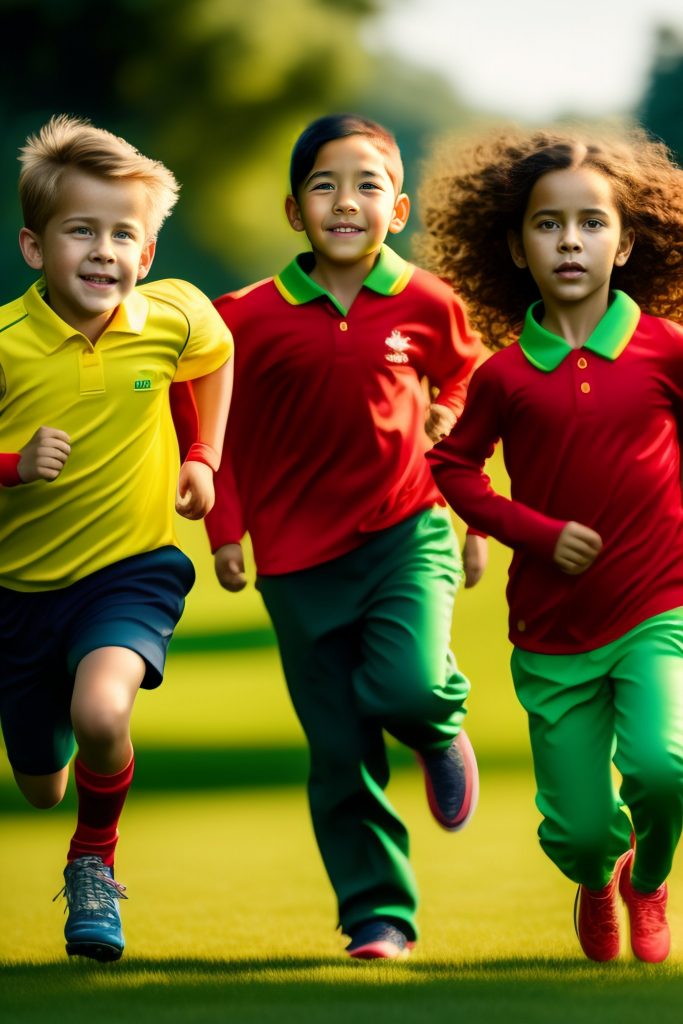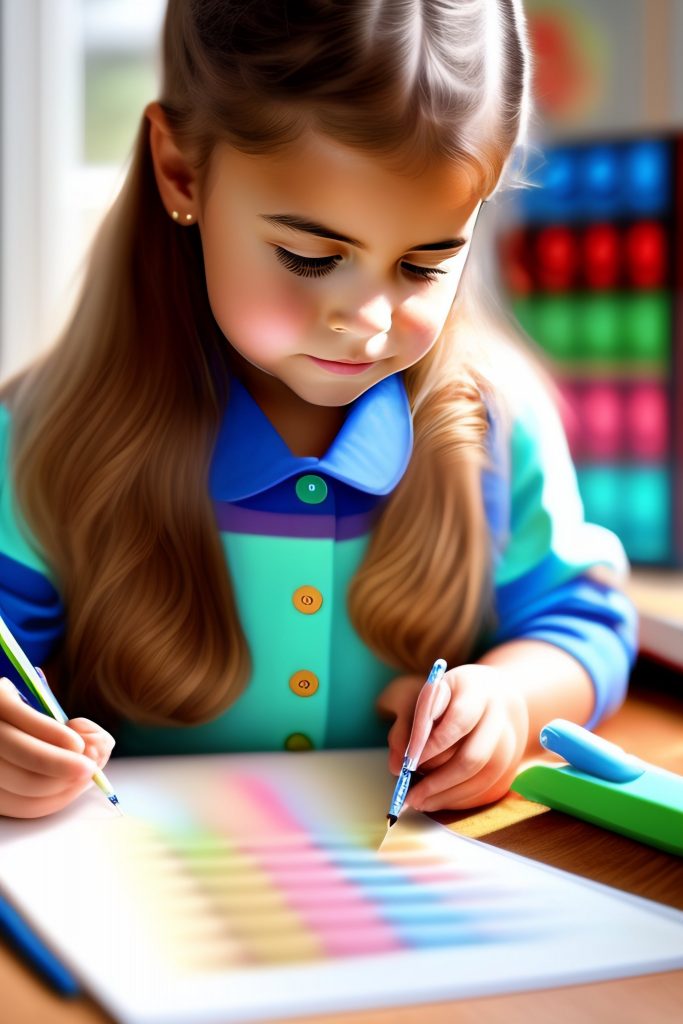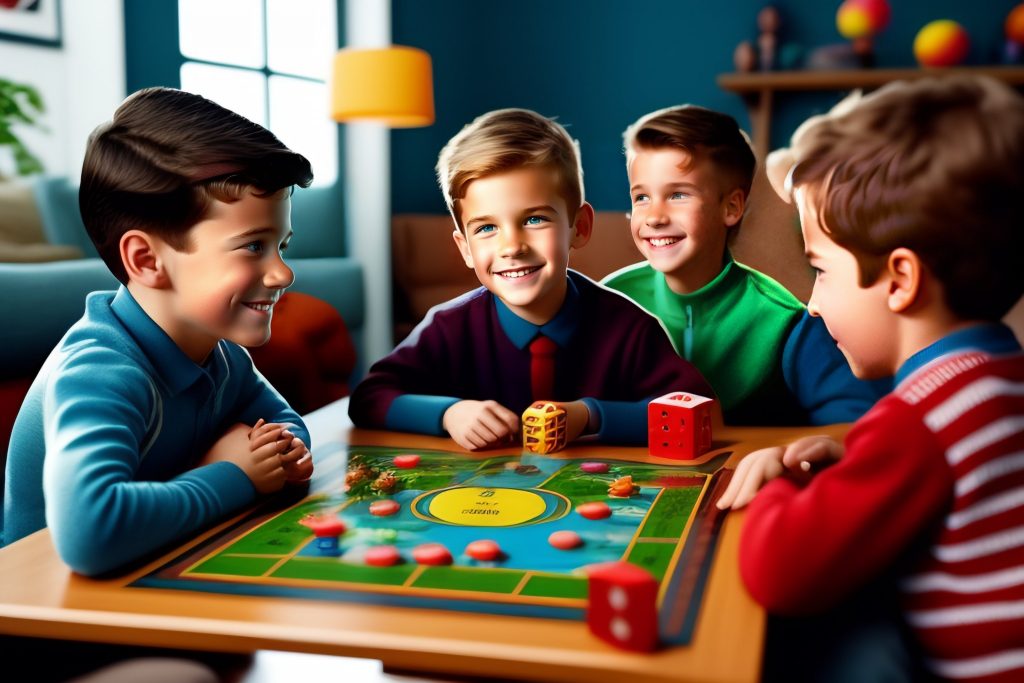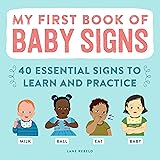
“You are the Narrator of your next Great Adventure”
Concentration exercises for children are a set of activities that can help improve their ability to focus and pay attention. These exercises are designed to be engaging and fun, while also stimulating the brain and improving concentration skills. There are many different concentration exercises that can be used, such as memory games, puzzles, and breathing techniques.
Memory games, such as matching games, require children to pay close attention to visual cues and remember where certain items are located. These types of games can improve short-term memory and attention span. Puzzles, such as jigsaw puzzles, require children to focus on a task for an extended period of time, which can improve their ability to concentrate for longer periods.
Breathing techniques, such as deep breathing and meditation, can also be helpful for improving concentration in children. These techniques can help calm the mind and reduce distractions, allowing children to focus more easily on a task at hand. Additionally, physical activities like yoga or stretching can also help children calm down and focus on their breath and body, which can translate into improved concentration.
Overall, concentration exercises for children can be a valuable tool in improving their focus and attention span. By incorporating these exercises into daily routines, children can build their concentration skills and improve their ability to learn and succeed in academic and personal endeavors.
In conclusion, fun and easy concentration exercises can be a great way for children to improve their focus and attention span. By engaging in activities that challenge their ability to concentrate, such as memory games or puzzles, children can develop their cognitive abilities and become better able to concentrate on tasks for longer periods of time.
Additionally, incorporating physical exercise and mindfulness practices can also help to improve focus and reduce distractions. By encouraging children to participate in these types of activities regularly, parents and educators can help to support the development of strong concentration skills, which can benefit children in all aspects of their lives.
Here’s the 15 Fun and Easy concentration exercises for children to improve focus
- Counting Game: Ask the child to count backwards from 100, subtracting 3 each time.
The counting game is a simple yet effective concentration exercise that can help children improve their focus and mental agility. In this game, the child is asked to count backwards from 100, subtracting 3 each time. This requires sustained attention and mental calculation, as the child has to keep track of the number they are currently on and subtract 3 from it in each subsequent turn.
By practicing this exercise regularly, children can develop their ability to focus and concentrate on a task, which can be useful in various aspects of their academic and personal life. Additionally, this exercise can be modified to make it more challenging or easier, depending on the child’s skill level, making it a versatile tool for improving concentration skills.
Here’s the example:
Let’s say a 10-year-old child is having difficulty focusing on their homework. Their parent or teacher can introduce the counting game as a way to improve their focus. The parent or teacher would ask the child to sit in a quiet space and count backwards from 100, subtracting 3 each time. The child would need to stay focused and keep track of the number they are currently on, subtracting 3 each time until they reach zero.
The first few attempts might be challenging for the child, but with practice, they will be able to complete the task with ease. Over time, the child will develop their concentration skills, making it easier for them to focus on their homework, schoolwork, or any other task that requires sustained attention. Eventually, the counting game can be modified to make it more challenging by reducing the time limit or increasing the number they subtract each time.
Overall, the counting game is a simple and effective way to improve children’s concentration skills, which can have a positive impact on their academic and personal life.
2. Name Game: The child has to say the name of an object starting with the last letter of the previously said object.
The Name Game is a fun and engaging concentration exercise that can help children improve their focus and cognitive skills. In this game, the child has to say the name of an object starting with the last letter of the previously said object. For example, if the first object mentioned is “car,” the next object would need to start with the letter “r,” such as “rabbit.” This requires the child to stay focused and think critically as they come up with new words that fit the criteria of the game.
Through regular practice of the Name Game, children can develop their ability to concentrate, think creatively, and expand their vocabulary. Additionally, this exercise can be modified to increase the difficulty level by setting time limits or adding additional criteria, such as making the objects relate to a specific category or theme. This exercise can be used as a fun and educational tool to help children improve their cognitive abilities while also having fun with their peers or family members.
Here’s the example:
Let’s say a group of children is playing the Name Game during a family gathering or classroom activity. The first child starts with the word “ball,” and the next child needs to come up with a word starting with the letter “L.” They might say “lion,” and then the next child needs to come up with a word starting with the letter “N,” such as “nest.” The game continues in this way, with each child taking turns and coming up with new words that fit the criteria.
As they play, the children are not only having fun but also improving their concentration skills, critical thinking, and vocabulary. The game can be modified to increase the difficulty level, such as setting a time limit or adding more rules to the game. By practicing this exercise regularly, children can develop their cognitive abilities, which can help them in various aspects of their academic and personal life.
Overall, the Name Game is a simple and enjoyable way for children to improve their concentration skills while also having fun with their peers or family members.
3. Simon Says: The classic game where the child has to follow commands only if they are preceded by the words “Simon Says.”
The Simon Says game is a classic concentration exercise that has been used for generations to help children improve their focus and concentration skills. In this game, the leader gives commands starting with the phrase “Simon Says,” such as “Simon says, touch your nose.” The children then have to follow the commands, but only if the leader says “Simon Says” before the command. If the leader gives a command without saying “Simon Says” first, the children are not supposed to follow it.
This game requires children to pay close attention to the leader’s commands and respond quickly and accurately. It also helps develop their listening and memory skills, as they need to remember the commands given and whether or not “Simon Says” was included.
By playing Simon Says regularly, children can develop their concentration and listening skills, which can be helpful in various aspects of their academic and personal life. Additionally, the game can be modified to increase or decrease the difficulty level, making it a versatile tool for improving concentration skills.
Overall, Simon Says is a fun and engaging way for children to improve their concentration skills while also having fun with their peers or family members.
Here’s an example:
Let’s say a group of children is playing Simon Says during a physical education class. The teacher acts as the leader, and the children have to follow the commands given. The teacher starts with simple commands such as “Simon says, touch your toes” or “Simon says, clap your hands.” The game progresses with increasingly complex commands such as “Simon says, do five jumping jacks and then spin around three times.”
As the game progresses, the children have to pay closer attention to the commands given and respond quickly and accurately. They need to remember which commands were given and whether or not “Simon Says” was included. This exercise not only helps improve their concentration skills but also develops their coordination and physical fitness.
By practicing Simon Says regularly, children can develop their concentration skills, which can have a positive impact on their academic and personal life. The game can also be modified to add additional challenges or difficulty levels, making it a versatile tool for improving concentration skills.
Overall, Simon Says is a fun and engaging way for children to improve their concentration skills while also enjoying themselves in a social setting.
4. Color Hunt: Ask the child to find objects of a specific color in the room.
The Color Hunt game is a fun and interactive concentration exercise that can help children improve their focus and visual perception skills. In this game, the child has to search for and identify objects of a specific color within a designated area. For example, the child might be asked to find five objects that are blue within a room or outdoor area. This requires the child to stay focused and attentive as they search for objects that match the criteria of the game.
Through regular practice of the Color Hunt game, children can develop their ability to concentrate, observe their surroundings, and recognize different colors. Additionally, this exercise can be modified to increase the difficulty level by setting time limits or adding additional criteria, such as finding objects of multiple colors simultaneously.
The Color Hunt game is a fun and educational tool that can help children improve their cognitive abilities while also having fun with their peers or family members. It can be played indoors or outdoors and can be adapted to various age groups and skill levels, making it a versatile exercise for improving concentration skills. Overall, the Color Hunt game is a simple yet effective way for children to develop their concentration skills while also enjoying themselves in a playful setting.
Here’s an example:
A group of children is on a nature walk with their teacher, and the teacher suggests playing the Color Hunt game. The children are asked to search for and identify objects of a specific color along the way. For example, the teacher might say, “Let’s find five things that are green.” The children then have to focus and search their surroundings for objects that match the criteria of the game, such as leaves, flowers, or grass.
As the game progresses, the children have to stay focused and attentive as they search for objects that match the color criteria. They need to observe their surroundings carefully, recognize different shades of the color, and stay focused on the task at hand. This exercise not only helps improve their concentration skills but also develops their observational and visual perception abilities.
By practicing the Color Hunt game regularly, children can improve their concentration skills, which can have a positive impact on their academic and personal life. The game can also be modified to add additional challenges or difficulty levels, such as finding objects of multiple colors simultaneously or within a specific time limit.
Overall, the Color Hunt game is a fun and engaging way for children to improve their concentration skills while also enjoying themselves in a natural setting.
5. Memory Game: Show the child a tray of objects for 30 seconds, then cover it and ask them to remember as many objects as possible.
The Memory Game is a classic concentration exercise that can help children improve their focus, memory, and cognitive skills. In this game, a set of cards or objects are laid out face down, and the child has to flip them over and match pairs by remembering their location. This requires the child to stay focused, pay attention to details, and remember the location of the cards or objects they’ve already flipped over.
Through regular practice of the Memory Game, children can improve their ability to concentrate, remember details, and process information. Additionally, this exercise can be modified to increase the difficulty level by adding more cards or objects, using cards with more complex images, or setting a time limit.
The Memory Game is a fun and educational tool that can help children develop their concentration skills while also having fun with their peers or family members. It can be played with various age groups and skill levels, making it a versatile exercise for improving concentration skills. Overall, the Memory Game is a simple yet effective way for children to improve their concentration skills while also having fun and challenging their cognitive abilities.
Here’s an example:
A group of children is playing the Memory Game at a family gathering. The game consists of a set of cards with different images, and the children take turns flipping over two cards to see if they match. If the cards match, they get to keep them and take another turn. If the cards don’t match, they have to turn them back over and remember where they are for their next turn.
As the game progresses, the children have to stay focused and pay attention to the details of each card they flip over. They need to remember the location of the cards they’ve already flipped over, as well as the images on each card, in order to match them with their corresponding pairs. This exercise not only helps improve their concentration skills but also develops their memory and processing abilities.
By practicing the Memory Game regularly, children can improve their concentration and memory skills, which can have a positive impact on their academic and personal life. The game can also be modified to add additional challenges or difficulty levels, such as using cards with more complex images or setting a time limit.
Overall, the Memory Game is a fun and engaging way for children to improve their concentration skills while also having fun and challenging their cognitive abilities. It can be played in various settings, such as family gatherings or classroom settings, and can be adapted to different age groups and skill levels.
6. Jigsaw Puzzles: Puzzles require sustained focus and concentration.
Jigsaw puzzles are a great concentration exercise for children that can help improve their focus, cognitive skills, and problem-solving abilities. This game involves putting together a picture by assembling different pieces that fit together. As children work on jigsaw puzzles, they need to pay attention to the details of the picture, recognize patterns and shapes, and concentrate on the task at hand.
By regularly practicing jigsaw puzzles, children can improve their concentration and attention to detail. They learn how to focus on the task and avoid distractions, which can be helpful in other areas of their lives, such as in school or while completing homework. Additionally, jigsaw puzzles can help improve their cognitive skills, including visual perception, problem-solving, and spatial awareness.
Jigsaw puzzles come in various sizes and difficulty levels, making them suitable for children of different ages and skill levels. Younger children can start with smaller puzzles with simpler designs, while older children can work on larger and more complex puzzles. This way, children can gradually build their concentration skills and challenge themselves at the same time.
Overall, jigsaw puzzles are a fun and engaging way for children to improve their concentration skills while also having fun and developing their cognitive abilities. Whether played alone or with others, jigsaw puzzles offer a rewarding and stimulating experience that can benefit children in many areas of their lives.
Here’s an example:
A group of children are at a family gathering and are working on a jigsaw puzzle together. The puzzle has a picture of a colorful jungle scene with many different animals and plants. As they work on the puzzle, the children need to focus on the details of each puzzle piece, such as the colors and patterns, to figure out where each piece fits into the picture. They also need to concentrate on the task at hand and avoid distractions to avoid losing their progress.
As the children work on the puzzle, they develop their concentration skills by focusing on the task and paying attention to the details of the puzzle pieces. They also develop their problem-solving abilities by figuring out which pieces fit together and which ones don’t. By working on the puzzle together, they also learn how to collaborate and communicate with each other to achieve their common goal.
As the puzzle nears completion, the children feel a sense of accomplishment and satisfaction from their hard work and effort. They have not only enjoyed themselves but also improved their concentration and cognitive abilities in the process.
Overall, jigsaw puzzles are a great way for children to improve their concentration skills while also having fun and developing their cognitive abilities. They can be played in various settings, such as at home or in the classroom, and can be adapted to different age groups and skill levels.
7. Dot-to-Dot: Connect the dots to make a picture.
Dot-to-Dot activities are a fun and easy way to improve children’s concentration and focus. These exercises involve connecting a series of dots with a pen or pencil to create a picture. By following the sequence of numbers or letters, children must stay focused and pay attention to the task at hand.
This helps to improve their concentration skills and develop their ability to sustain attention for longer periods of time. Additionally, completing a dot-to-dot activity can provide a sense of accomplishment and boost self-confidence, which can further motivate children to engage in activities that require concentration.
These exercises can also be customized to match children’s interests, making them more engaging and fun. Overall, dot-to-dot activities are a simple yet effective way to improve children’s concentration and focus, while also providing them with a sense of enjoyment and achievement.
Here’s an example:
- Start by drawing a grid of dots on a piece of paper. The dots should be evenly spaced and arranged in rows and columns.
- Choose a theme for the dot-to-dot activity, such as animals, vehicles, or objects.
- Assign a number or letter to each dot, starting from one and continuing in sequential order.
- Connect the dots in numerical or alphabetical order to reveal the hidden picture.
- Encourage the child to stay focused and pay attention to the sequence of numbers or letters, without skipping any steps or getting distracted.
- Once the picture is complete, celebrate the child’s accomplishment and encourage them to try another dot-to-dot activity.
For example, you could create a dot-to-dot activity with a picture of a car. The child would need to connect the dots in numerical order to reveal the car. This exercise requires concentration and focus to ensure that the dots are connected in the correct order. As the child completes the activity, they will develop their ability to sustain attention for longer periods of time, which can benefit them in other areas of their life, such as school or sports.
8. Spot the Difference: Show the child two similar pictures and ask them to find the differences.
The topic of Spot the Difference about Fun and Easy concentration exercises for children to improve focus” revolves around highlighting the differences between two types of concentration exercises for children – those that are fun and easy. The goal of both types of exercises is to improve a child’s focus, but they differ in terms of their approach and effectiveness.
Fun concentration exercises involve incorporating playful and enjoyable activities that capture a child’s attention while simultaneously working on their focus. These exercises can include puzzles, games, and other interactive activities that challenge a child’s cognitive abilities while keeping them engaged and motivated. The benefit of fun exercises is that they encourage a child to actively participate and enjoy the process of improving their focus, which can lead to sustained improvements over time.
On the other hand, easy concentration exercises involve simple and straightforward tasks that do not require much mental effort. These exercises may include basic breathing exercises or repeating simple phrases or numbers. While they may be less engaging than fun exercises, easy concentration exercises are still effective at improving focus, especially for younger children who may struggle with more complex tasks.
Overall, the key difference between fun and easy concentration exercises is the level of engagement and enjoyment they provide to children. While both approaches can be effective, it’s important to choose exercises that are appropriate for a child’s age and abilities, and that they will enjoy participating in to ensure the best results.
Here’s an example:
Let’s say you have a child who is easily distracted and has trouble focusing on their schoolwork. To help improve their focus, you could try incorporating both fun and easy concentration exercises into their daily routine.
For example, a fun concentration exercise could be playing a game like “I Spy” with your child. This game involves looking for objects in your environment and describing them to each other, encouraging the child to pay close attention to their surroundings and focus on the task at hand.
An easy concentration exercise could be a breathing exercise, where you have your child take a few deep breaths and count to five before exhaling. This exercise is simple and doesn’t require much mental effort, but it can still help your child calm their mind and improve their focus.
By incorporating both fun and easy concentration exercises into your child’s routine, you can help them build the skills they need to focus better and succeed academically.
9. Board Games: Many board games require strategy and attention to detail.
Board games have been shown to be effective at engaging children in activities that promote cognitive development, and they can be a fun and enjoyable way to incorporate concentration exercises into a child’s routine.
Fun board games that are designed to improve concentration often require players to pay close attention to details, remember information, and think critically. For example, games like “Memory” or “Spot It!” involve matching pictures or symbols on cards, challenging a child’s ability to focus and remember what they have seen. Other games, like “Jenga” or “Operation,” require a steady hand and focus to complete the task without making a mistake.
Easy board games can also be effective concentration exercises for children, especially those who are just starting to develop their cognitive skills. These games may involve simple tasks like rolling dice or moving game pieces, but they can still provide opportunities for a child to practice focusing their attention.
By incorporating board games into a child’s routine, parents and caregivers can help improve their child’s focus and concentration while also providing an enjoyable activity that can be shared with friends and family. It’s important to choose games that are appropriate for a child’s age and abilities, and to use them in conjunction with other concentration exercises to ensure the best results.
Here’s an example:
Let’s say you have a 6-year-old child who has difficulty sitting still and focusing on their homework. To help improve their concentration, you could incorporate both fun and easy concentration exercises into their daily routine.
For example, a fun concentration exercise could be playing a game of “Simon Says” with your child. This game requires the child to listen carefully and follow directions, helping to develop their attention and focus.
An easy concentration exercise could be having your child count to 10 while taking deep breaths. This exercise is simple and can be done anywhere, and it helps to calm the mind and improve focus.
You could also incorporate board games like “Uno” or “Connect Four” into your child’s routine. These games are fun and engaging, but also require concentration and strategic thinking, helping to improve your child’s cognitive abilities.
By incorporating both fun and easy concentration exercises into your child’s routine, you can help them build the skills they need to focus better and succeed academically. These exercises can be done at home or on-the-go, and can be tailored to your child’s age and abilities to ensure the best results.
10. Follow the Leader: The child has to follow the movements of the leader.
Follow the Leader is a set of fun and easy concentration exercises that are designed to help children improve their focus. These exercises involve a group of children following the leader as they move around and perform various actions. The activities are simple and engaging, and they require children to pay close attention to what the leader is doing in order to follow along.
A Follow the Leader exercise is called “Simon Says”. In this game, the leader gives commands such as “Simon says touch your toes” or “Simon says clap your hands”. The children must follow these commands only when the leader says “Simon says”. If the leader gives a command without saying “Simon says” first, any child who follows the command is out.
Another exercise is “Copycat”, where the leader performs a series of actions and the children must copy each action as accurately as possible. This game requires children to pay close attention to the leader’s movements and focus on imitating them.
By engaging in these concentration exercises, children can improve their ability to focus and pay attention. The activities are enjoyable and interactive, which can help to keep children engaged and motivated. Additionally, as children practice these exercises over time, they can develop stronger concentration skills that can be applied to other areas of their lives, such as in school or during homework time.
Here’s an example:
Let’s say you are a teacher or a parent who wants to help a group of children improve their concentration skills. You could gather the children together and start by introducing the concept of concentration and why it is important. You could then explain that you will be playing some fun games to help them practice their focus.
You could start with an easy Follow the Leader game, such as “Simon Says”. You would begin by being the leader and giving simple commands such as “Simon says touch your nose” or “Simon says hop on one foot”. The children would follow along and only perform the actions when you say “Simon says”. This game would require the children to pay close attention to your instructions and to quickly respond when the correct command is given.
After playing “Simon Says” for a few rounds, you could move on to a more challenging game, such as “Copycat”. In this game, you would perform a series of actions such as clapping your hands or jumping up and down. The children would have to watch you carefully and try to imitate your movements as accurately as possible.
By playing these Follow the Leader exercises regularly, the children would be able to improve their concentration skills over time. They would learn to pay close attention to their surroundings, follow instructions carefully, and quickly switch between different tasks. These skills would be valuable in many areas of their lives, including in school, during sports activities, and in social situations.
11. Coloring: Coloring books can help children focus on one task for an extended period of time.
Coloring is a fun and easy concentration exercise that can help children improve their focus. Coloring involves using a coloring book and colored pencils or crayons to fill in designs and shapes. By engaging in coloring activities, children are required to concentrate on the task at hand, which can help to improve their attention span and focus.
Coloring can also help children to develop their creativity and imagination. As they color, children are encouraged to make choices about which colors to use and how to fill in the shapes and designs. This helps them to develop their problem-solving skills and can boost their confidence and self-esteem.
In addition, coloring can also be a relaxing and calming activity for children. As they focus on coloring, they may experience a sense of calm and peace, which can be especially helpful for children who struggle with anxiety or stress.
Overall, coloring is a simple yet effective concentration exercise that can benefit children in many ways. By engaging in this activity regularly, children can improve their focus, creativity, and problem-solving skills, as well as experience a sense of relaxation and calm.
Here’s an example:
Let’s say you are a teacher or a parent who wants to help a group of children improve their focus and concentration skills. You could provide them with coloring books and colored pencils or crayons and encourage them to start coloring. You could set a timer for a specific amount of time, such as 20 minutes, and ask the children to focus on coloring during that time.
As the children color, they would need to concentrate on staying within the lines and choosing which colors to use for each section of the design. This requires them to pay attention to the task at hand and use their fine motor skills to carefully fill in each section. As they focus on the coloring, they may also experience a sense of relaxation and calm.
After the designated time is up, you could ask the children to share their finished coloring pages with the group. This would give them a sense of accomplishment and allow them to see the different ways in which they each approached the same task.
By regularly engaging in coloring activities like this, the children can improve their concentration skills over time. They can also learn to relax and find enjoyment in the activity, which can help to reduce stress and anxiety. Coloring is a fun and easy concentration exercise that can benefit children in many ways.
12. Reading: Encourage the child to read a book or a comic.
Reading is a fun and easy concentration exercise that can help children improve their focus. By reading books or other materials, children are required to concentrate on the words and ideas presented in the text. This can help to improve their attention span and focus over time.
Reading can also help children to develop their vocabulary and comprehension skills. As they read, they are exposed to new words and concepts, which can help to broaden their understanding of the world around them. Additionally, reading can help to improve their critical thinking and problem-solving skills as they work to understand the meaning of the text.
In addition, reading can also be a relaxing and enjoyable activity for children. As they engage with a good book, they may experience a sense of escape and immersion, which can be especially helpful for children who are dealing with stress or anxiety.
Overall, reading is a simple yet effective concentration exercise that can benefit children in many ways. By regularly engaging in this activity, children can improve their focus, vocabulary, comprehension, and critical thinking skills, as well as experience a sense of relaxation and enjoyment.
Here’s an example:
Let’s say you are a teacher or a parent who wants to help a group of children improve their focus and concentration skills. You could provide them with a selection of age-appropriate books and ask them to choose one to read. You could set a timer for a specific amount of time, such as 30 minutes, and ask the children to focus on reading during that time.
As the children read, they would need to concentrate on the words and ideas presented in the text. This requires them to pay attention to the task at hand and use their cognitive skills to comprehend the meaning of the text. As they focus on reading, they may also experience a sense of escape and immersion in the story.
After the designated time is up, you could ask the children to share their thoughts on the book with the group. This would give them an opportunity to reflect on what they have read and practice their critical thinking skills.
By regularly engaging in reading activities like this, the children can improve their concentration skills over time. They can also learn to relax and find enjoyment in the activity, which can help to reduce stress and anxiety. Reading is a fun and easy concentration exercise that can benefit children in many ways.
13. Writing: Give the child a writing prompt or ask them to write a story.
Writing is a fun and easy concentration exercise that can help children improve their focus. By writing stories, journal entries, or other types of writing, children are required to concentrate on the task at hand and organize their thoughts into written form. This can help to improve their attention span and focus over time.
Writing can also help children to develop their creativity and imagination. As they write, they are encouraged to come up with new ideas and express themselves in their own unique way. Additionally, writing can help to improve their language skills and literacy as they learn to use words effectively and communicate their ideas clearly.
In addition, writing can also be a therapeutic activity for children. As they write, they may be able to process their thoughts and emotions in a healthy way, which can be especially helpful for children who are dealing with difficult situations or emotions.
Overall, writing is a simple yet effective concentration exercise that can benefit children in many ways. By regularly engaging in this activity, children can improve their focus, creativity, language skills, and emotional wellbeing.
Here’s an example:
Let’s say you are a teacher or a parent who wants to help a group of children improve their focus and concentration skills. You could provide them with a writing prompt, such as “Write a story about a day in the life of an animal in the jungle.” Ask the children to focus on the task at hand and write for a specific amount of time, such as 20 minutes.
As the children write, they would need to concentrate on organizing their thoughts, using appropriate language, and expressing their ideas in a clear and concise manner. This requires them to pay attention to the task at hand and use their cognitive skills to effectively communicate their story.
After the designated time is up, you could ask the children to share their stories with the group. This would give them an opportunity to practice their presentation and communication skills, and also allow for feedback from their peers.
By regularly engaging in writing activities like this, the children can improve their concentration skills over time. They can also learn to express themselves creatively and effectively, which can help to build their confidence and self-esteem. Writing is a fun and easy concentration exercise that can benefit children in many ways.
14. Building Blocks: Blocks can help children focus on creating a specific structure or pattern.
Building blocks is a fun and easy concentration exercise that can help children improve their focus. By using blocks to build structures, children are required to concentrate on the task at hand and use their cognitive skills to create something new. This can help to improve their attention span and focus over time.
Building blocks can also help children to develop their problem-solving and critical thinking skills. As they construct their designs, they may encounter challenges that require them to think creatively and find solutions to overcome obstacles.
In addition, building blocks can also be a social activity for children, as they can work together to create structures and collaborate on designs. This can help to improve their communication and teamwork skills, as well as promote social interaction and cooperation.
Overall, building blocks is a simple yet effective concentration exercise that can benefit children in many ways. By regularly engaging in this activity, children can improve their focus, problem-solving skills, critical thinking, and social interaction.
Here’s an example:
Let’s say you are a teacher or a parent who wants to help a group of children improve their focus and concentration skills. You could provide them with a set of building blocks and ask them to build a tower as tall as they can in a specific amount of time, such as 10 minutes.
As the children build the tower, they would need to concentrate on balancing the blocks, using their spatial awareness, and focusing on the task at hand. This requires them to pay attention to the details and use their cognitive skills to effectively build the tower.
After the designated time is up, you could ask the children to share their towers with the group. This would give them an opportunity to practice their presentation and communication skills, and also allow for feedback from their peers.
By regularly engaging in building block activities like this, the children can improve their concentration skills over time. They can also learn to express their creativity and problem-solving abilities, which can help to build their confidence and self-esteem. Building blocks is a fun and easy concentration exercise that can benefit children in many ways.
15. Yoga: Simple yoga poses can help children focus their minds and regulate their breathing.
Yoga is a fun and easy concentration exercise that can help children improve their focus and attention span. Through a series of physical movements and breathing exercises, children can learn to control their body and mind, which can help them concentrate better in other areas of their lives.
Yoga can also help children to develop their physical coordination and balance, as well as improve their overall health and well-being. By regularly practicing yoga, children can strengthen their muscles, increase their flexibility, and improve their posture.
In addition, yoga can also be a calming and relaxing activity for children, which can help them manage stress and anxiety. By learning to control their breath and focus on the present moment, children can develop mindfulness skills that can benefit them in many areas of their lives.
Overall, yoga is a simple yet effective concentration exercise that can benefit children in many ways. By regularly engaging in this activity, children can improve their focus, physical coordination, and overall well-being.
Here’s an example:
Let’s say you have a child who has trouble focusing on homework or other tasks. You could introduce them to yoga as a way to improve their concentration and attention span.
You could start by teaching them some simple poses, such as downward dog or cat-cow pose, and guide them through some breathing exercises, such as deep belly breathing or alternate nostril breathing.
As the child practices the poses and breathing exercises, they can focus their attention on their body and breath, which can help them to tune out distractions and improve their concentration skills. You could also make the yoga session fun and engaging by incorporating some playful elements, such as animal-themed poses or partner poses.
After the yoga session, you could ask the child how they feel and if they noticed any improvement in their ability to focus. This would give them an opportunity to reflect on their experience and develop their communication skills.
By regularly engaging in yoga activities like this, the child can improve their concentration skills over time and also develop their physical coordination and overall well-being. Yoga is a fun and easy concentration exercise that can benefit children in many ways.
Additionally, incorporating physical exercise and mindfulness practices can also help to improve focus and reduce distractions. By encouraging children to participate in these types of activities regularly, parents and educators can help to support the development of strong concentration skills, which can benefit children in all aspects of their lives.
Recommended Readings
10 tips on how to discipline your child the smart and healthy way
At what age does a child become more independent
Children low self-esteem symptoms and how to help
20 Ways on how to deal with child misbehaving

